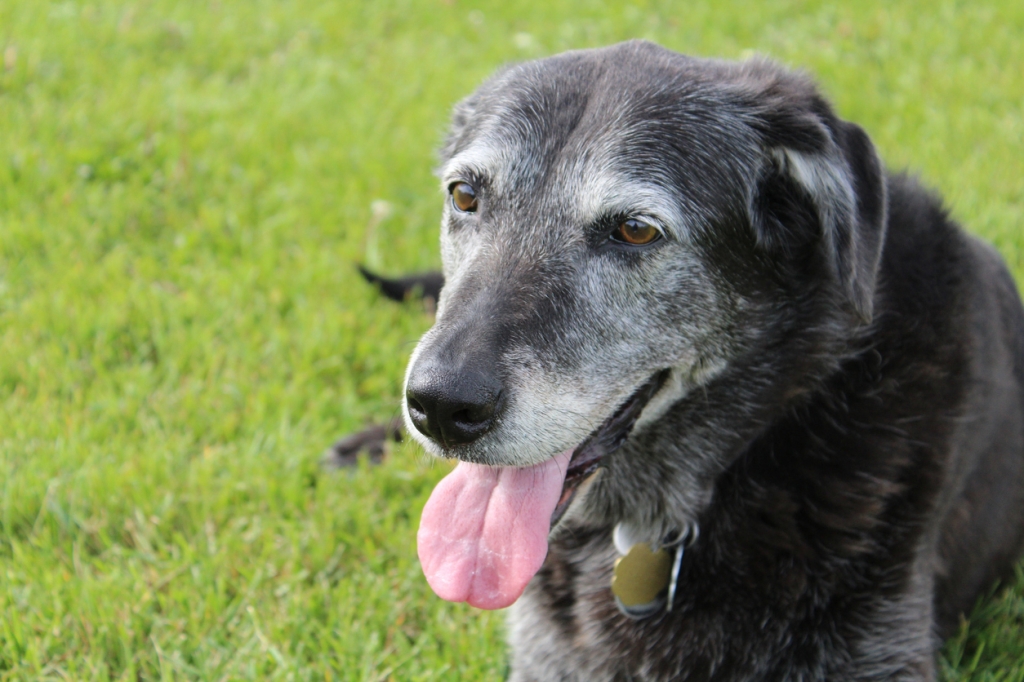
CVS has run a clinical improvement project to increase the treatment of lameness
CVS Runs Clinical Project To Improve The Treatment Of Lameness In First Opinion Practices
CVS has run a clinical improvement project to increase the treatment of lameness within 35 of its first opinion small animal practices throughout the UK.
Within one year it has led to 6,086 more clinical metrology questionnaires being conducted at participating practices with their patients, a 1,014% increase.
Musculoskeletal disorders are common, accounting for 8% of all diagnoses made by small animal vets. It is estimated that 40% of cats and dogs are affected by osteoarthritis. In cats this becomes more common in older age and in dogs can typically affect them from puppyhood, due to conformational disease.
Recent research[1] revealed that owners of osteoarthritic dogs suffer negative physical, emotional and financial consequences through their pets’ diagnosis, due to loss of fitness and social opportunities if their dog cannot exercise as they intended, cost of managing the problem, and worry about their pet’s suffering and side-effects and cost of long-term medication. Owners revealed seeking help from non-veterinary sources, due to a belief that vets would only prescribe more drugs and that this would be expensive.
Developed by John Innes at the University of Liverpool, the Liverpool Osteoarthritis in Dogs (LOAD) questionnaire is a 13-item clinical metrology instrument (CMI) used to assess canine articular disorders like osteoarthritis. It includes questions on the pets’ medical background, lifestyle and mobility. Individual question scores are summed to provide an overall “LOAD score” suggestive of the animal’s disease presence and severity. The questionnaire should be conducted every time the pet is presented to the veterinary clinic, with results tracked over time. Treatment options - including the benefits and risks of all available modalities – can then be carefully considered and discussed with owners to determine the best course of action. These could include weight management, diet, supplements, exercise and environmental modification, in addition to medication.
To support its practices - and upskill its veterinary and nursing colleagues - a suite of resources were created and training held. These focussed on; diagnosing and managing conditions causing lameness in dogs and cats[2] using the clinical metrology questionnaire to engage clients in their pets’ treatment plan; offering best practice treatment options; and running nurse mobility clinics. Created by CVS’ Hub Clinical Lead team, resources included; new clinical guidelines, IMV resources (radiographic positioning, optimising the image and optimal chemical restraint) and a Mobility Clinic Booklet for clients. Whilst training comprised; a Vet CPD day run with Zoetis and the VOA on approach to and management of lame patients (hosting 25 vets); two Nurse CPD days on mobility clinics (hosting 80 nurses); feline and canine orthopaedic examination videos[3]; First Opinion Clinical Club webinars on canine and feline osteoarthritis; and an approach to radiographic interpretation course. A dedicated workspace area was also set up on CVS’ unique Knowledge Hub learning and development online platform, containing additional webinars and external links for further information.
Each site was then provided with its own data, so that they could monitor what they were doing individually. Practice data was also supplied monthly for the duration of the project, to chart their progress.
One year after its nation-wide launch, results reveal that the number of clinical metrology questionnaires being conducted in the 35 participating practices has increased from 6 to 6,092 over a 12 month time period. Evidence also shows there was an increasing incidence of novel osteoarthritis drugs Librela and Solensia being prescribed.
Kathryn Patel, Hub Clinical Lead at CVS who was responsible for the lameness clinical improvement project, said: “Musculoskeletal disorders account for nearly eight per cent of all canine diagnoses made by UK veterinary surgeons, and osteoarthritis clinically affects around forty per cent of dogs and cats of all ages. Proactive management can reduce suffering and dramatically slow the progression of these conditions. Analgesia alone is inadequate to manage osteoarthritic pain, which is one of the most common reasons for euthanasia in dogs in the UK.
“This project uses owner questionnaires to screen for and monitor the impact of lameness on patient quality of life and emphasises the importance of the whole clinical team in patient management. Vets and nurses will be supported to improve their ability to reach a diagnosis in every lame case, improve engagement with and compliance of owners with lame pets, and improve the quality of care of lame patients through appropriate medication, surgical intervention, and nurse and physiotherapy support.”
CVS Group operates across small animal, farm animal, equine, laboratories and crematoria, with over 500 veterinary practices and referral centres in the UK, the Republic of Ireland and the Netherlands. In the last five years the company has invested nearly £80 million in its sites, facilities and equipment, in addition to industry leading training and support, to give the best possible care to animals. For further information about CVS group visit www.cvsukltd.co.uk .
[1] Belshaw, Z, Dean R, Asher, L (2020) “You can be blind because of loving them so much”: the impact on owners in the United Kingdom of living with a dog with osteoarthritis. BMC Veterinary Research 16: 190.
[2] provided by Zoetis
[3] Such as how to take X-rays
More from CVS UK Ltd
- Precise imaging and unconventional fixation resolve challenging tarsal fracture
- CVS Farm Vets launches innovative Sheep Lameness Project to support UK farmers
- New 'CVS Vets' brand is launched at Broadleaf
- New study reveals key prognostic indicators in canine mast cell tumours
- Ernie’s ball trouble: Managing a challenging oesophageal foreign body

 2 years ago
2 years ago  858 views
858 views
